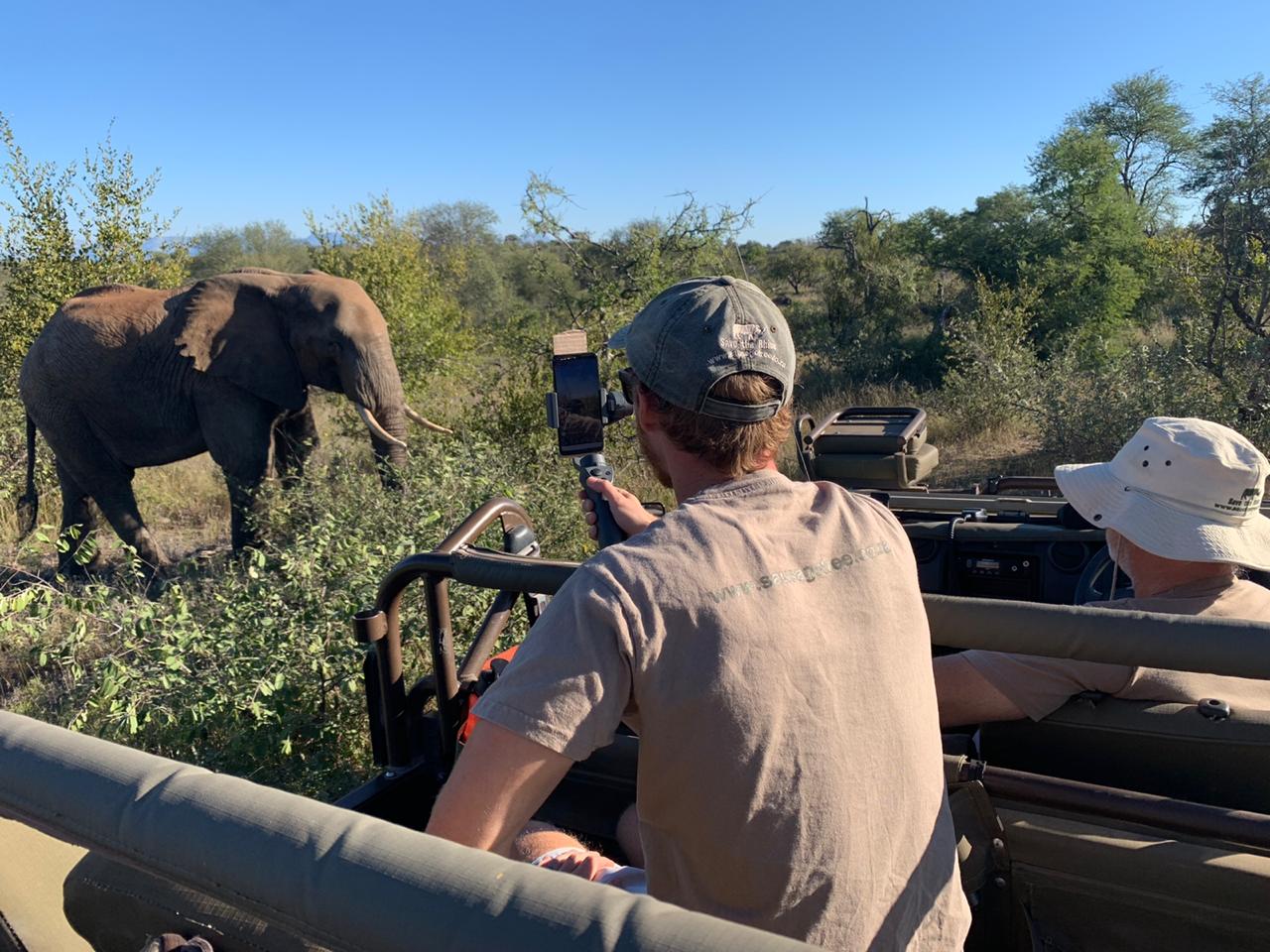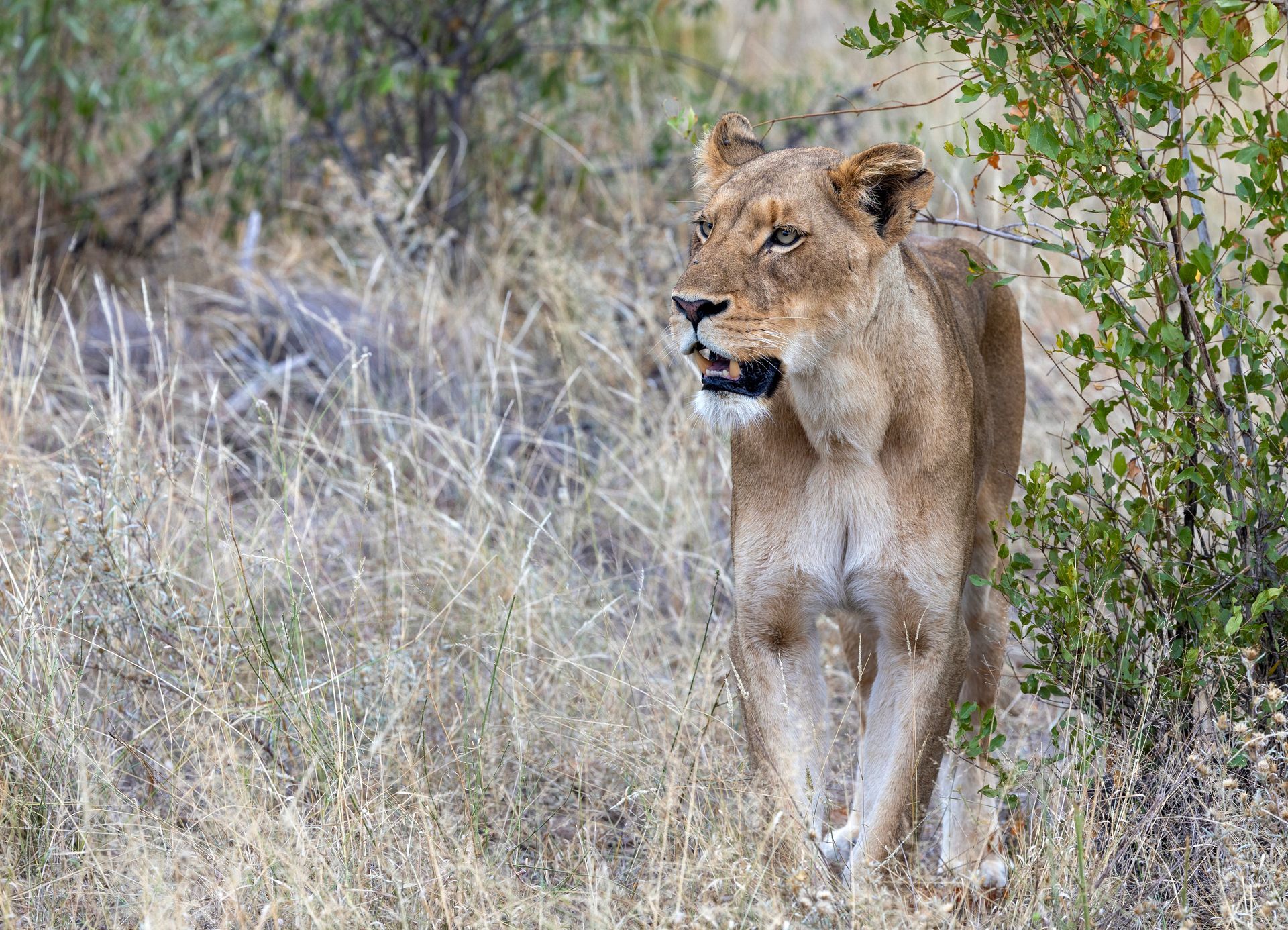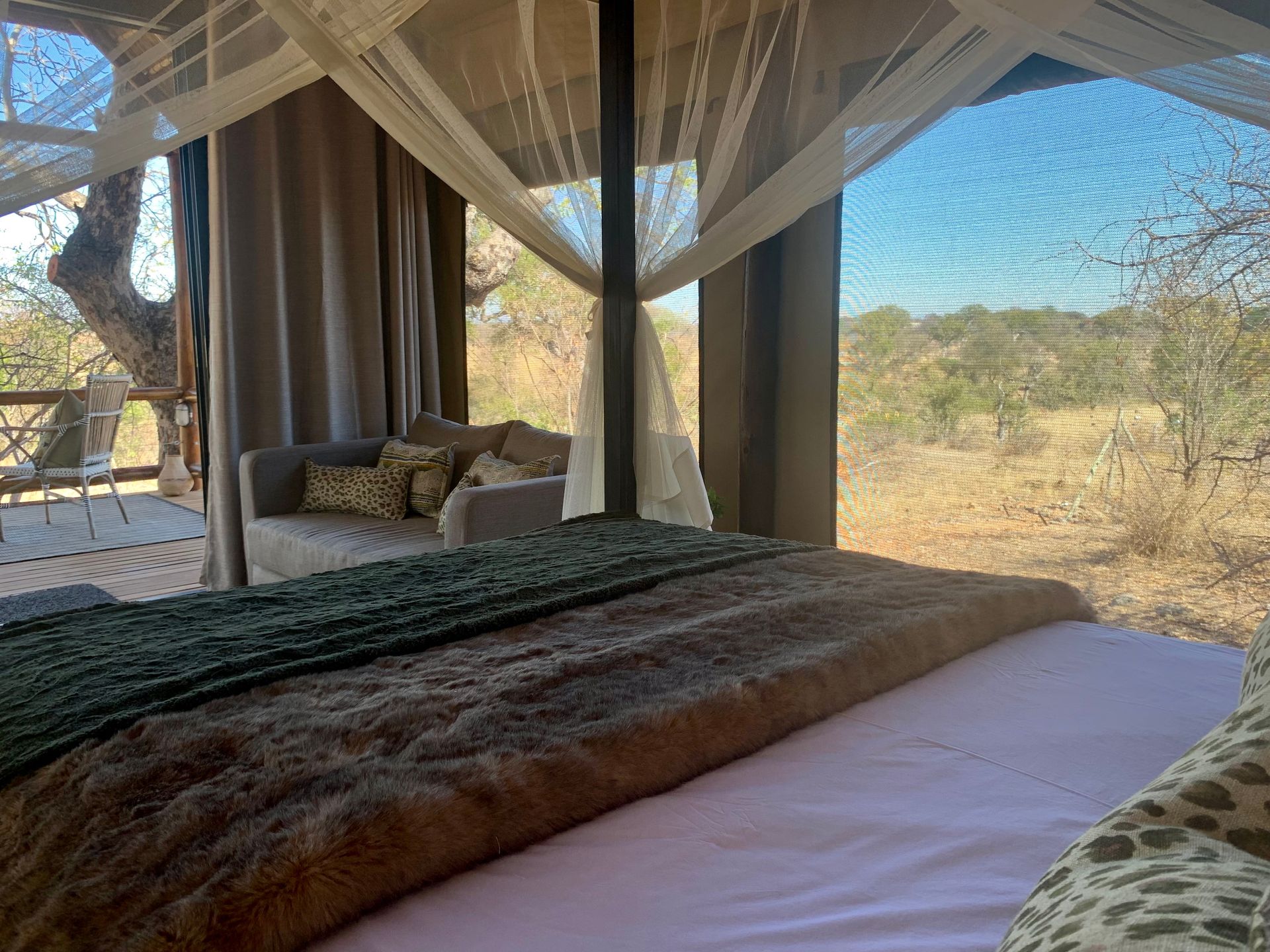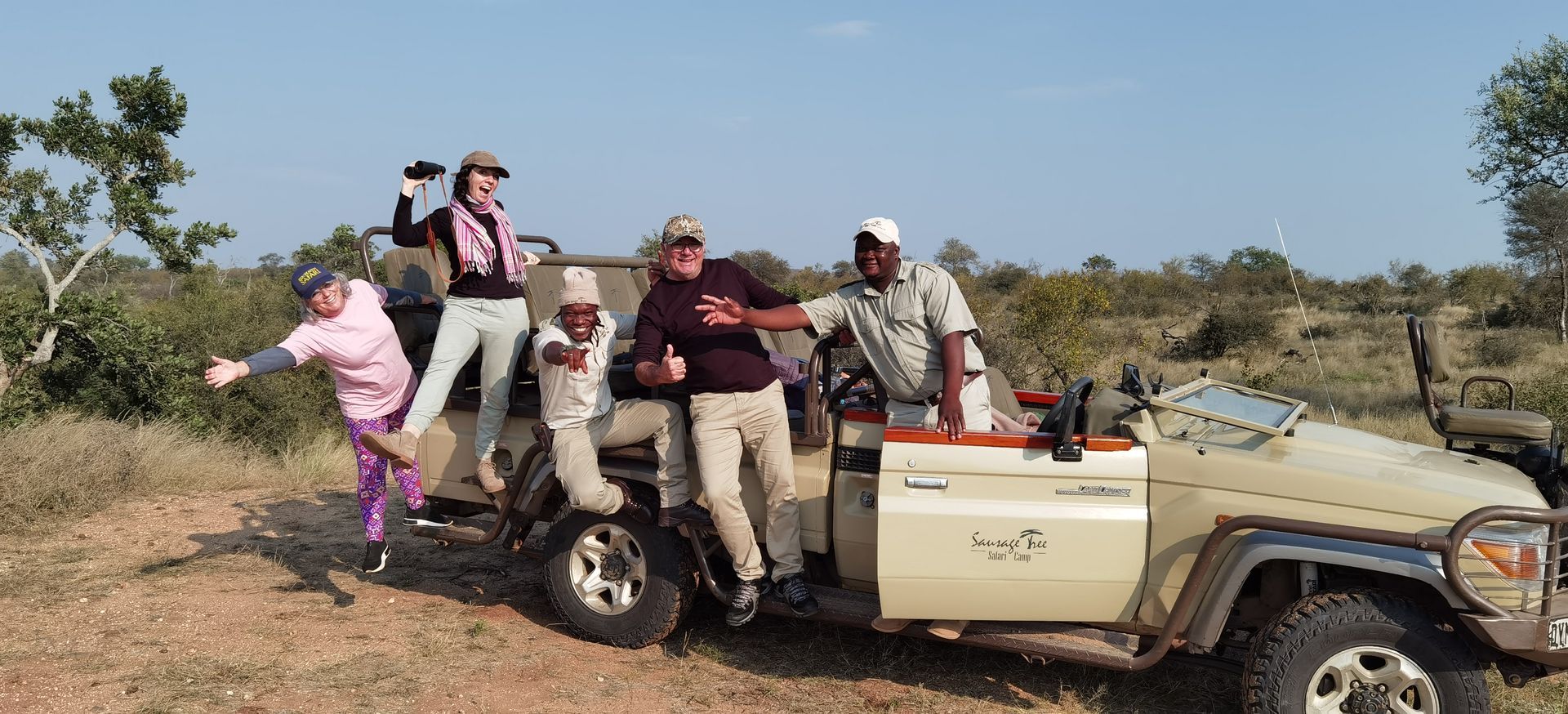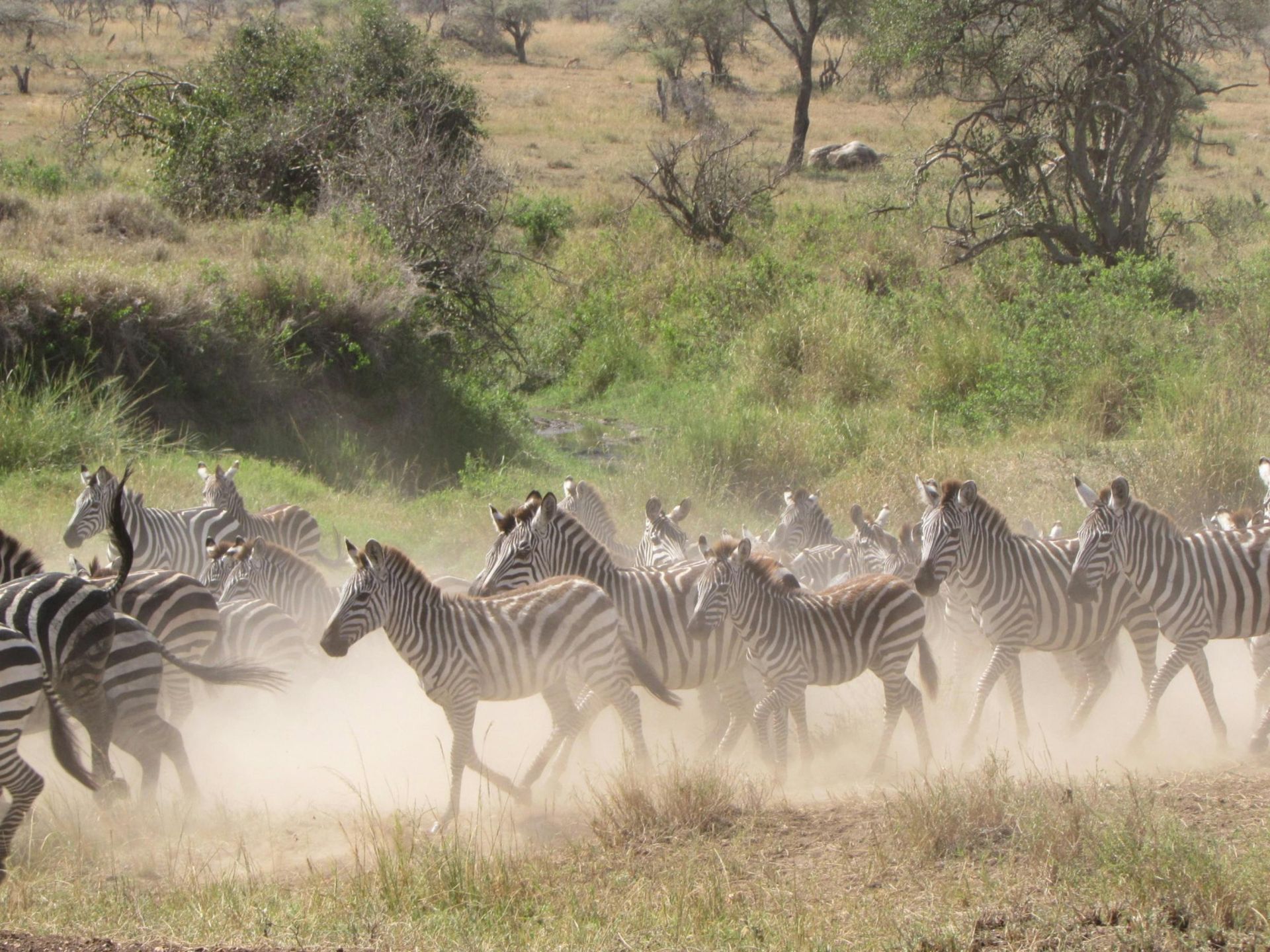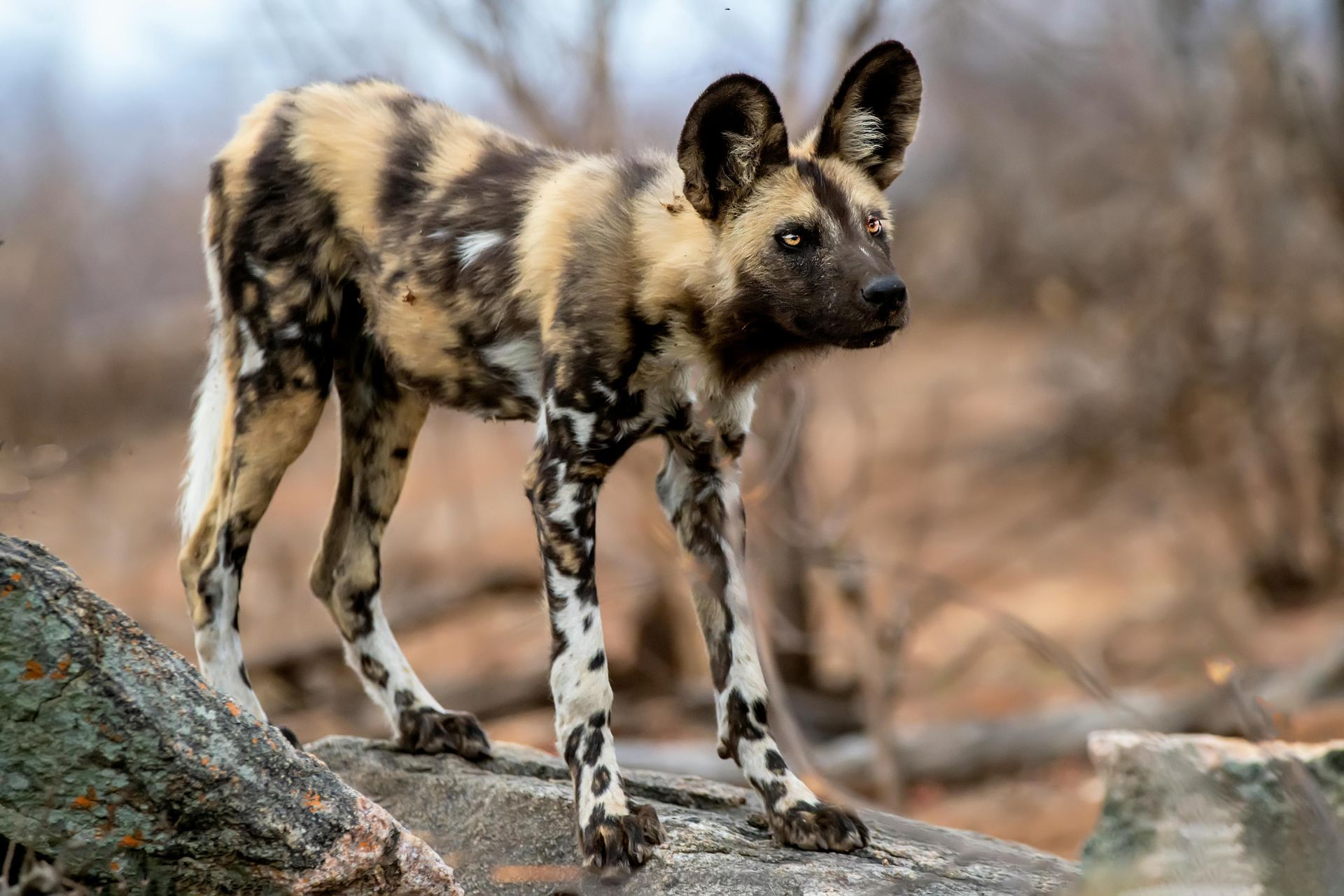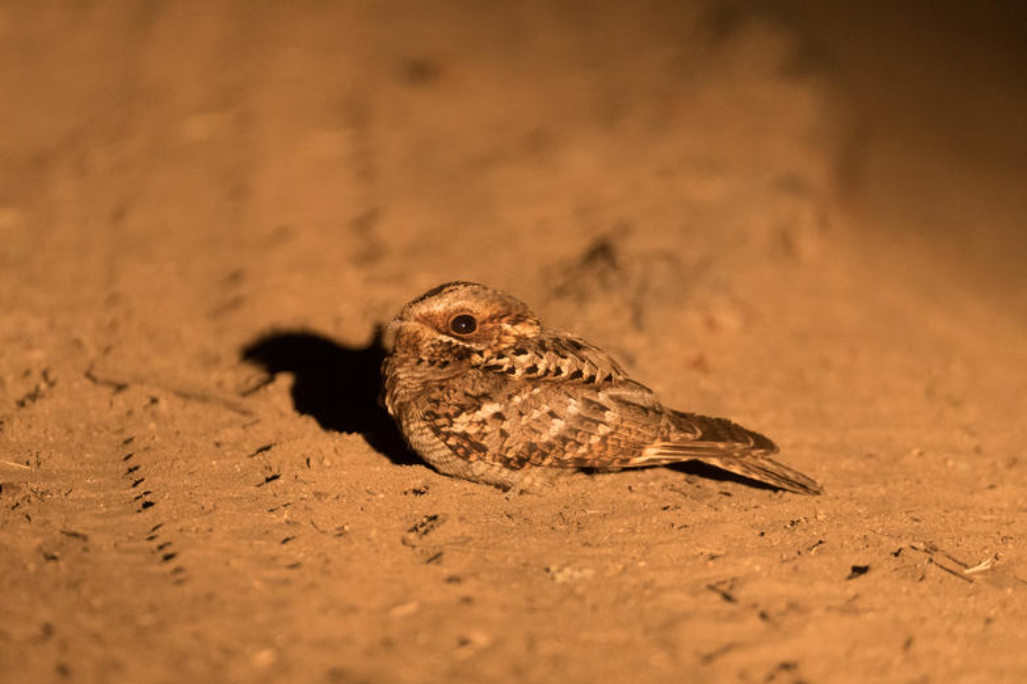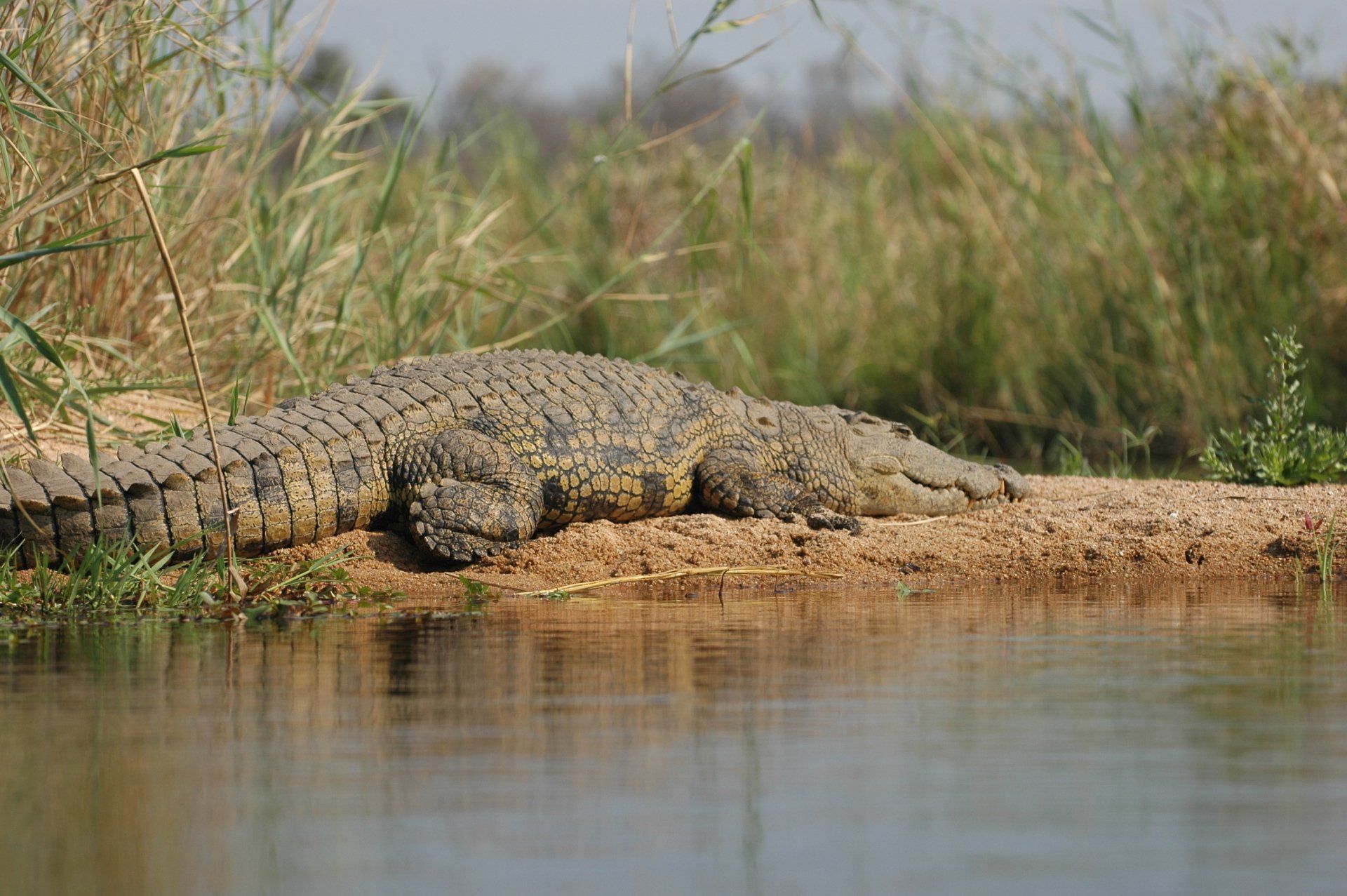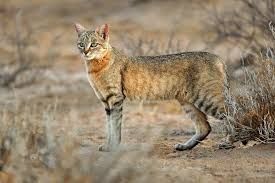It's the season of plenty!
Mike Lawrie • February 6, 2020
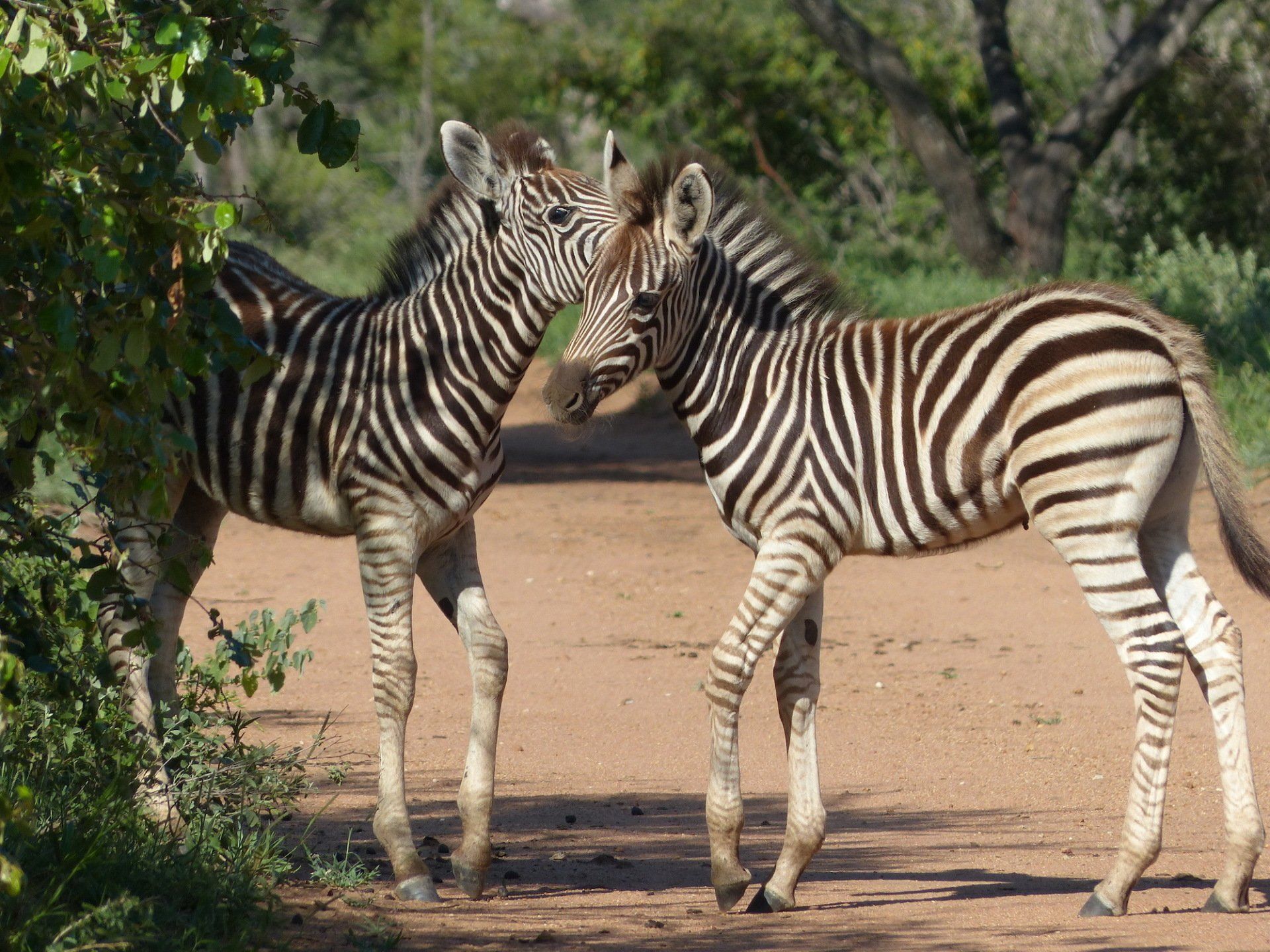
Summer in the South African bush is something to behold. Trees, shrubs and plants that have endured our long, dry season have transformed into lush, verdant thickets and forests and the Balule Private Nature Reserve is green, green, green!
This is the difference that rain makes to our water-scarce environment. The clouds began to build up in mid-November last year as the heat built to a crescendo and our first storms of the season were a blessing. Within a few days new growth began to appear everywhere, from the first tentative blades of grass that pushed their way through the soil to buds forming on every tree and shrub. Slowly but surely the bush rejuventated, given new life with every downpour.
The coming of the rains is a signal to our wildlife that the season of plenty is about to begin. Many species perfectly time the birth of their babies to take advantage of the increase in food sources. Many species like impala and wildebeest are what we call synchronous breeders - this means they synchronise mating and giving birth and you know that after spotting the first lamb or calf of the season, there will soon be many more! In fact, research has shown that as much as 90% of impala births happen in a three to five-week period each lambing season.
The secret to synchronised birth is synchronised breeding, so where animals like impala have a breeding or mating season, or rut, the birth of the young will happen more or less at the same time following the gestation period. It's a survival strategy - births are synchronised to mitigate the high mortality rate of young from predation.
It's always lovely to see a range of baby animals on game drives here at Sausage Tree Safari Camp, and summer is most definitely "baby heaven" as we regularly see the young of many different species, from impala lambs and zebra foals to cute warthog piglets and baby giraffes. Sometimes we're lucky enough to see a newborn, still wobbly on its legs, or cute goslings following their Egyptian geese parents across dams and waterholes.
Here's an interesting fact - antelope species and others like zebra, buffalo and even larger species like rhino and elephant are known as precocial - their young are able to stand within a few minutes of being born. The big cat babies, on the other hand, are what's called altricial - born completely helpless - and they remain dependent for the first few weeks of their lives. There's a correlation here as the first group of animals are prey species and the big cats, of course, are predators. It makes sense that prey species have evolved to get up and running as quickly as possible! Predator species like lion, leopard, cheetah, wild dogs and hyena are all altricial and give birth to dependent young.
Summer in the Africa is also the season for amazing birding, as the bush is filled with both endemic and migrant species, many of which choose this season to breed and hatch young. The Wahlberg's eagles arrived at the start of the season and immediately began nesting, as did the African paradise flycatchers, whose impressive russet red tail plumage gives it away as it flits between branches in riverine and savannah thickets. The male has beautiful elongated tail feathers more than twice its body length during the breeding season, making it one of the stand-out species to spot.
The skies are also filled with European bee-eaters which spend the European winters with us, as do many of the swallow species and the gorgeous Amur falcon, which makes its way from Asia to make the most of our season of plenty!
And of course, the "creepy crawlies" are also at their most prolific during the summer, with an increase in insects and arachnid species. We're seeing a lot of elegant grasshoppers at the moment, with their distinctive, bright red and yellow colouring. Colour has a huge role to play where insects are concerned, often warning would-be predators that they are in for a nasty surprise if they're thinking about feasting! And that is most certainly the case where the elegant grasshopper is concerned, as it is full of unpleasant-tasting toxins, meaning that birds and other predators tend to steer clear of it! This method of warning predators is called aposomatic colouration.
The elegant grasshopper has been exceptionally successful at warning off predators to the point that it has no real need to escape anything. As a result, the grasshopper's wings, especially in the male, are very underdeveloped and while they can jump well, they often come back down to earth upside down or on their sides, before clumsily getting to their feet!
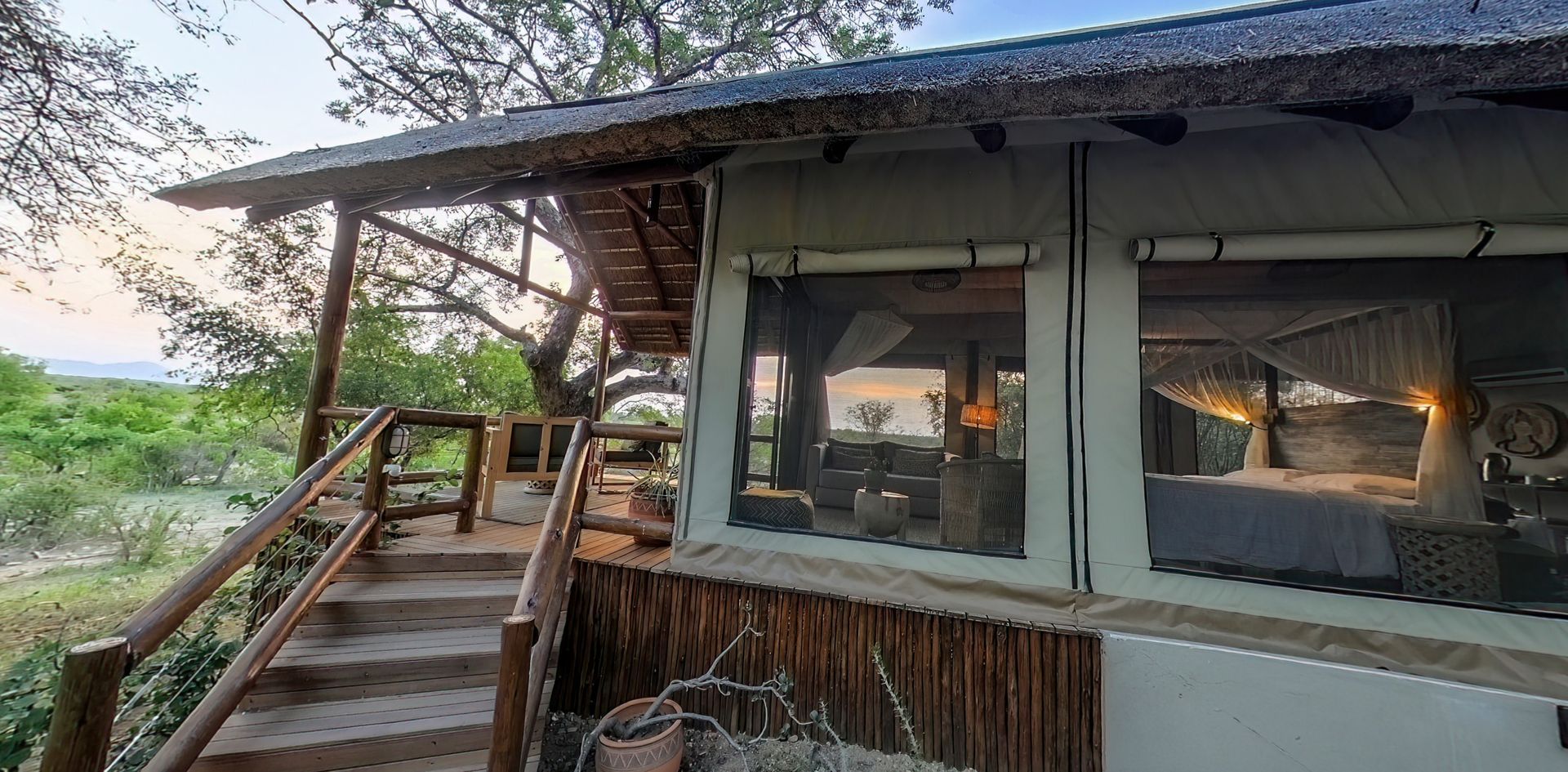
Kruger Tented Safaris: Unforgettable Luxury & Immersive Bush Experiences Are you ready to embark on an unforgettable adventure in the heart of the African bush? Discover luxury tented safari packages in Kruger National Park and experience the ultimate immersion in nature, combined with the comforts of luxury accommodations. Overview of Tented Safari Packages in Kruger National Park Sausage Tree Safari Camp offers a variety of tented safari packages, catering to different preferences and durations. Whether you're seeking a 3-day adventurer getaway, a 4-day exploration, or a nature discovery and luxury tented safari, there's an option to suit every adventurer. 3 Day Adventurer Getaway Embark on a thrilling 3-day adventure that includes an immersive itinerary, travel details, and exhilarating game drives. Get ready to witness the wonders of the African wilderness up close. 4 Day Explore Kruger For those seeking an extended exploration, the 4-day safari offers unique wildlife encounters and an in-depth experience of the diverse landscapes within the greater Kruger National Park. 3 Day Nature Discovery & Luxury Tented Safari Indulge in a mix of comfortable luxury and nature immersion with a 3-day safari that promises a truly unforgettable experience. Day-by-Day Itinerary and Safari Highlights Each day of your safari promises new adventures, from game drives to experiential moments within the park. Immerse yourself in the beauty of the African bush and witness the incredible wildlife that calls Kruger National Park home. What’s Included & Not Included Our tented safari packages come with a range of amenities and services to ensure a comfortable and memorable experience. From luxury accommodations to guided game drives, we have everything covered to make your safari unforgettable. Exclusive Tented Camp Experiences Explore the unique features of our exclusive tented camp by booking the whole camp, with only 5 tented suites we can offer an unrivalled safari experience exclusively for your group. Why Choose a Tented Safari? Discover the benefits of choosing a tented safari, from immersion in nature and luxury comforts to sustainable practices and flexible itineraries. Experience the African bush in a way that's both authentic and luxurious. Booking Your Kruger Tented Safari Ready to embark on your adventure? Our clear CTAs and detailed booking process will guide you through planning the perfect safari, ensuring a seamless and stress-free experience. Frequently Asked Questions Is Kruger the best safari? The greater Kruger National Park offers diverse wildlife, expansive landscapes, and a range of accommodation options, making it an excellent choice for a classic African safari experience. How many days safari Kruger? Ideal safari durations range from 3-4 days for first-timers, 5-7 days for a comprehensive experience, and 8+ days for deep immersion and dedicated wildlife tracking.

